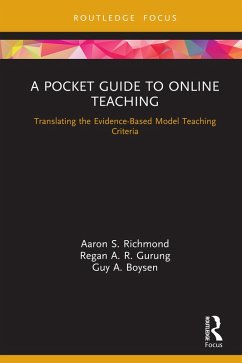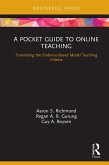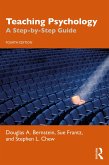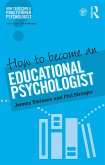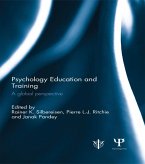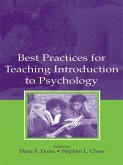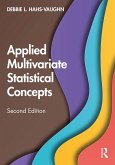DedicationPreface
1. Apples and Oranges, But Still Fruit: Model Teaching Universals and Differences
1.1. Confessions of Three Skeptical Teachers
- The Background of Model Teaching
- What is Model Teaching?
- How is Teaching Different Online?
- Becoming a Model Online Teacher
1.2. Stop, Think, Reflect: The Model Online Teaching Checklist for Training
1.3. Tips For Continued Learning About Model Online Teaching
2. Students Interaction with Content
2.1. Adapting Student Interaction with Content in Online CourseInteraction with Content Through Student Learning Objectives
- The Syllabus and Your LMS is a Vehicle for Course Content
- Interaction with Content Depends on Course Design, Structure, and Clarity
- Model Online Teachers use Course Templates to Organize Content
- Special Considerations for Online Interactions with Content
- Broadening Instructional Methods
2.2. Stop, Think, Reflect: The Model Online Teaching Checklist for Student Interaction with Content
2.3. Tips For Continued Learning About Students Interacting with Content
3. Student to Student Interaction
3.1. Adapting Student-to-Student Interaction: How to Build a Community of Online Learners
- Establishing Student-to-Student Interaction Through Discussions Forums
Fostering Student Community with Online Discussion
Communicating Discussion Expectations
Fostering Student Learning with Online Discussion
- Create Collaborative and Cooperative Online Learning Opportunities
- Establishing a Community of Learners Necessitates Mitigation of Student-to-Student Conflict
3.2. Stop, Think, Reflect: The Model Online Teaching Checklist for Student-to-Student Contact
3.3. Tips For Continued Learning About Student-to-Student Interactions
4. Instructor-to-Student Interaction
4.1. Adapting to Online Instruction to Promote Instructor to Student Interaction
- Use the Syllabus to Interact with Students
- Use Various Instructional Methods and Skills to Interact with Students
- Practice Effective Online Teaching Skills
- The Great Debate: Do Model Online Teachers use Synchronous or Asynchronous Learning?
- Interact with Students via Student Evaluations of Teaching
- Interact with Students Through Student Feedback
4.2. Stop, Think, Reflect: The Model Online Teaching Checklist for Instructor-to-Student Interaction
4.3. Tips For Continued Learning About Online Instructor-to-Student Interaction
5. Online Assessment
5.1. How to Adapt Assessment to Online Instruction
a. The Process of Assessing Student Learning Online
Communicating Learning Objectives Alignment of Learning Objectives, Assignments, and Activities Providing Constructive Feedback Online Making Assessment-based Changes
b. Teaching Effectiveness Assessment Process
5.2. Stop, Think, Reflect: The Model Online Teaching Checklist for Assessment
5.3. Tips for Continued Learning About Online Assessment
References
Index

